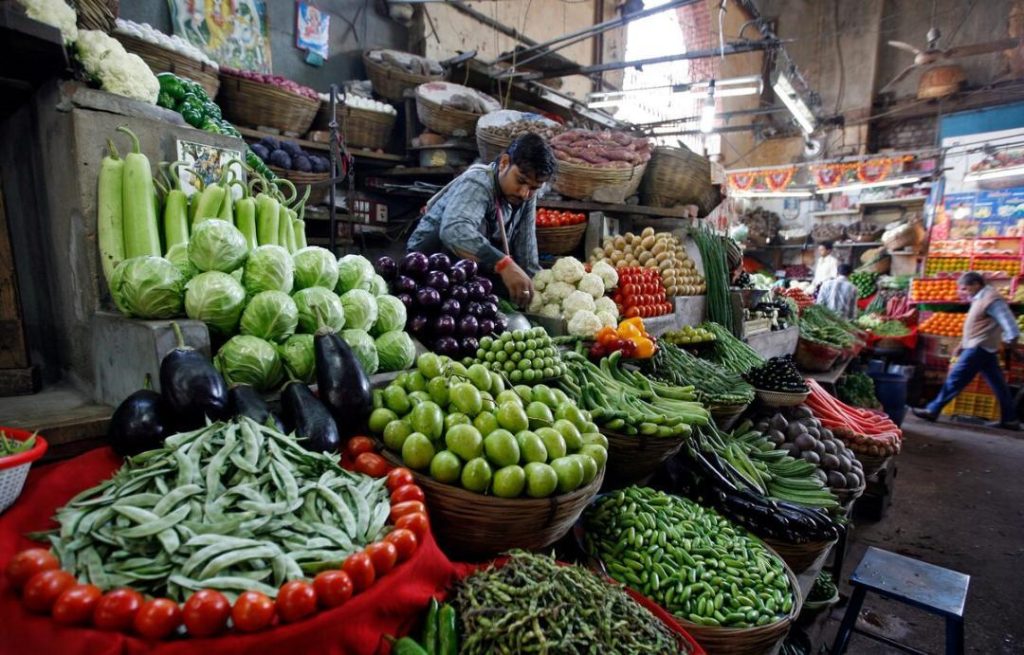
Which items saw highest & lowest inflation in January?
Inflation, a crucial economic indicator, measures the rate at which prices of goods and services are rising over a period of time. In India, the inflation rate is closely monitored by the Reserve Bank of India (RBI) and the Ministry of Statistics and Programme Implementation (MOSPI). The January 2025 inflation data has revealed some interesting trends, with some items experiencing a significant increase in prices, while others have seen a decline. In this blog post, we will take a closer look at the top five items showing the highest year-on-year inflation and the key items with the lowest year-on-year inflation in January 2025.
Highest Inflation Items
According to the data released by the MOSPI, the top five items showing the highest year-on-year inflation at the all-India level in January 2025 are:
- Coconut oil (54.20%): Coconut oil has seen a staggering 54.20% year-on-year inflation, making it the item with the highest inflation rate in January 2025. This is likely due to the rise in demand for coconut oil, which is used in various cooking and cosmetic applications.
- Potato (49.61%): Potatoes are a staple food item in India, and their inflation rate has seen a significant increase in January 2025. The 49.61% year-on-year inflation is a result of factors such as climate change, pest attacks, and supply chain disruptions.
- Coconut (38.71%): Coconut, another essential commodity in India, has seen a year-on-year inflation of 38.71% in January 2025. This is likely due to the rise in demand for coconut products, such as coconut oil, coconut water, and coconut milk.
- Garlic (30.65%): Garlic is a popular spice used in various culinary applications, and its inflation rate has seen a significant increase in January 2025. The 30.65% year-on-year inflation is a result of factors such as crop damage, supply chain disruptions, and increased demand.
- Peas (30.17%): Peas, a popular vegetable in India, have seen a year-on-year inflation of 30.17% in January 2025. This is likely due to the rise in demand for peas, which are used in various dishes, including soups, salads, and stir-fries.
Lowest Inflation Items
On the other hand, some essential items have seen a decline in prices, with the following being the key items having the lowest year-on-year inflation in January 2025:
- Jeera (-32.25%): Jeera, also known as cumin, has seen a significant decline in prices, with a year-on-year inflation of -32.25% in January 2025. This is likely due to factors such as a bumper crop, improved supply chain management, and reduced demand.
- Ginger (-30.92%): Ginger, a popular spice used in various culinary applications, has seen a year-on-year inflation of -30.92% in January 2025. This is likely due to factors such as a rise in supply, improved logistics, and reduced demand.
- Dry chillies (-11.27%): Dry chillies, a popular ingredient used in various dishes, have seen a year-on-year inflation of -11.27% in January 2025. This is likely due to factors such as a rise in supply, improved logistics, and reduced demand.
- Brinjal (-9.94%): Brinjal, also known as eggplant, has seen a year-on-year inflation of -9.94% in January 2025. This is likely due to factors such as a rise in supply, improved logistics, and reduced demand.
- LPG (-9.29%): LPG, a popular cooking fuel, has seen a year-on-year inflation of -9.29% in January 2025. This is likely due to factors such as a rise in supply, improved logistics, and reduced demand.
Conclusion
The January 2025 inflation data has revealed some interesting trends, with some essential items experiencing a significant increase in prices, while others have seen a decline. Coconut oil, potato, coconut, garlic, and peas have seen the highest year-on-year inflation, while jeera, ginger, dry chillies, brinjal, and LPG have seen the lowest year-on-year inflation. These trends are likely to have a significant impact on the economy and consumer behavior. As the Reserve Bank of India and the Ministry of Statistics and Programme Implementation continue to monitor the inflation rate, it is essential for policymakers to take steps to address the root causes of inflation and ensure that the economy remains stable and sustainable.
Source:






